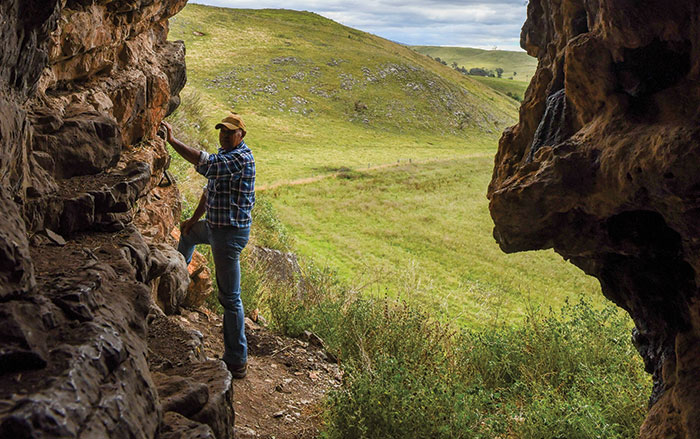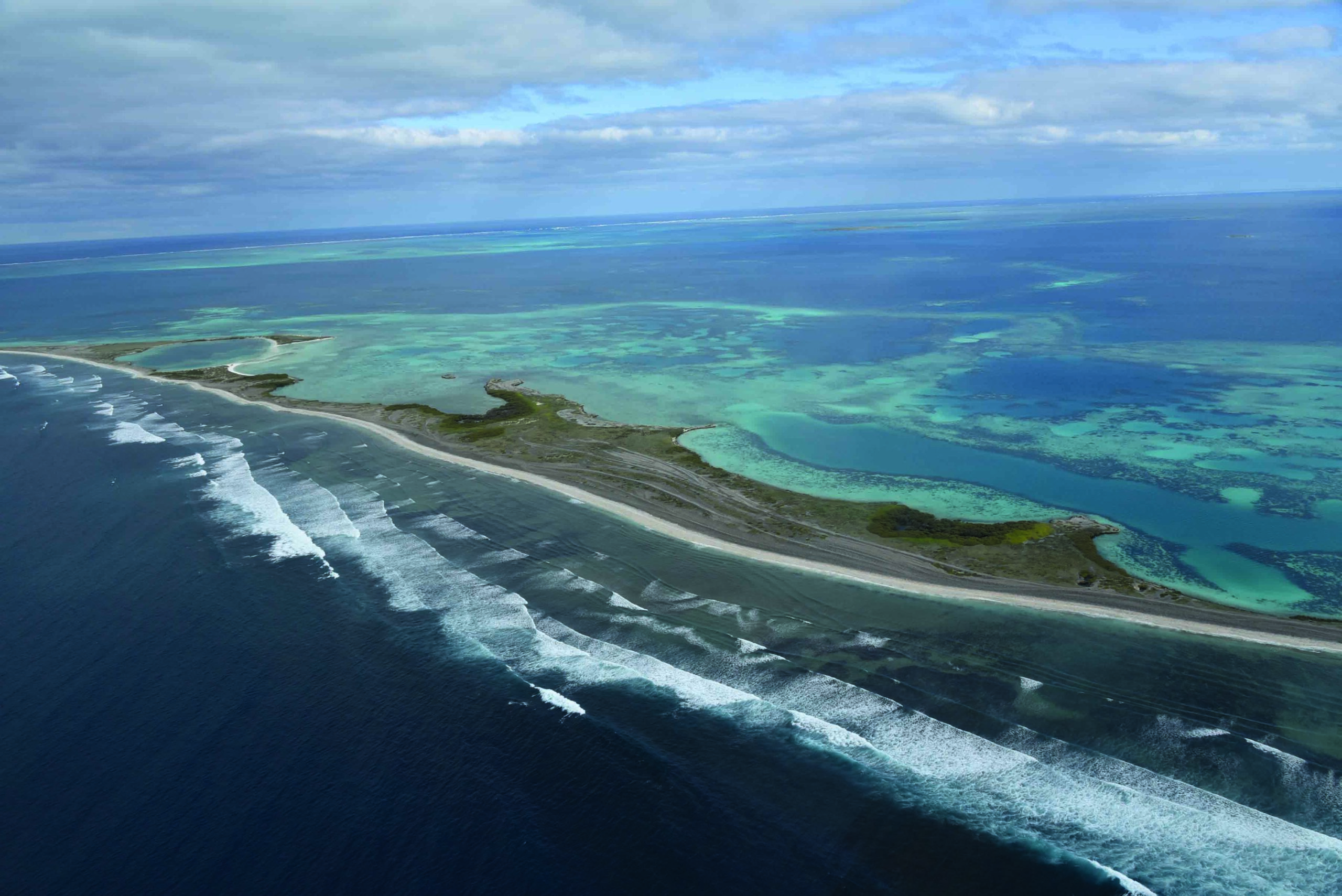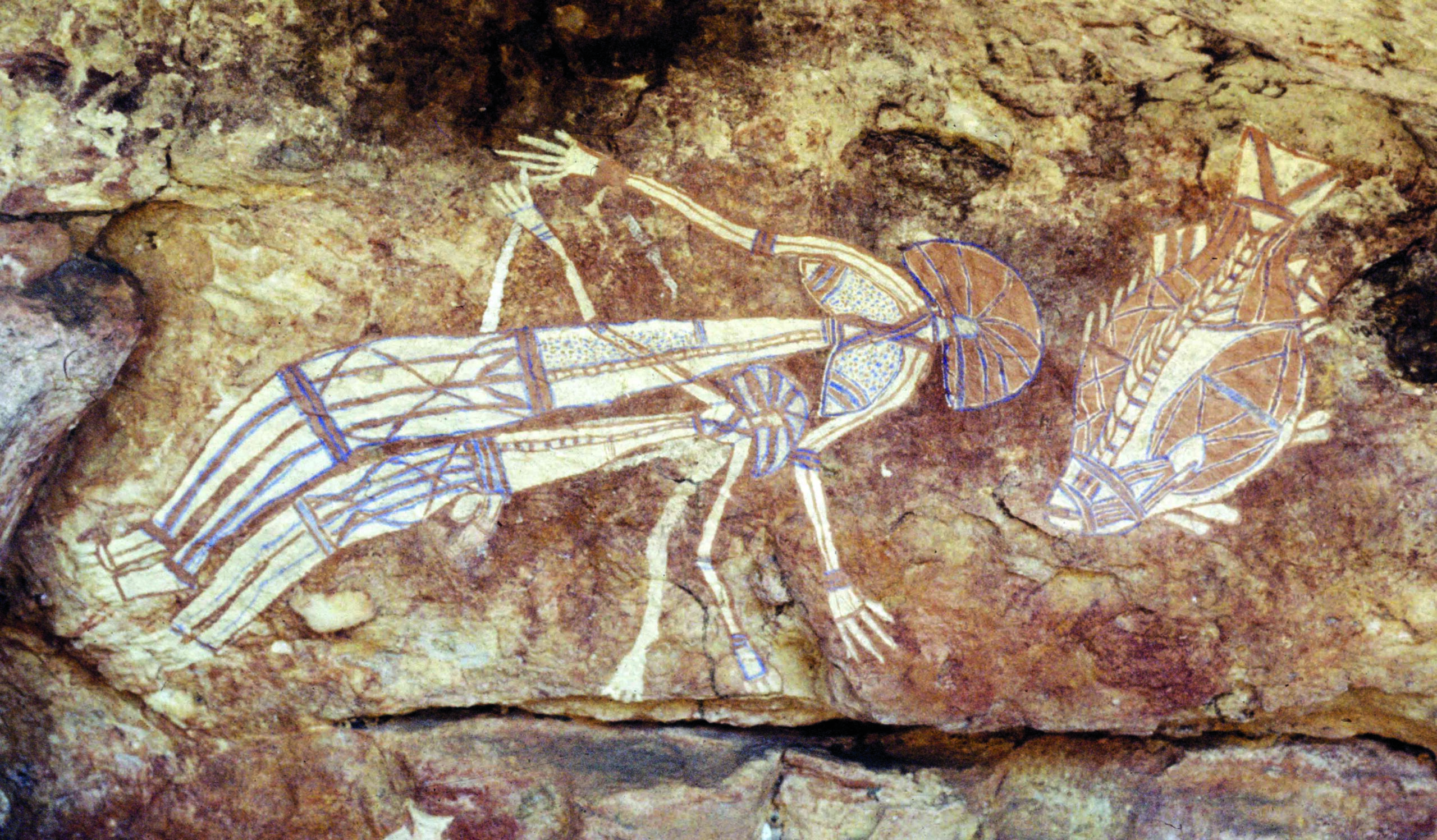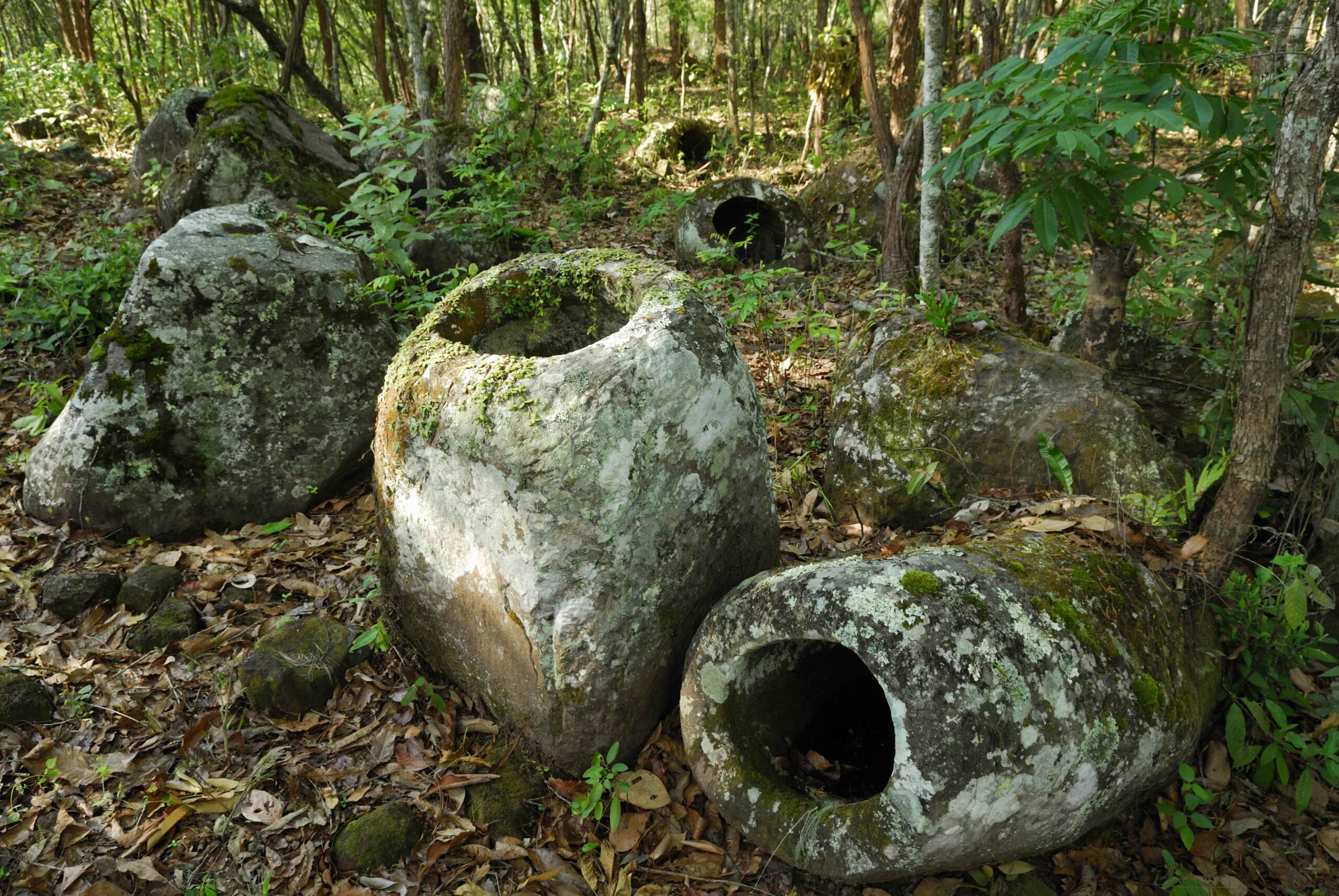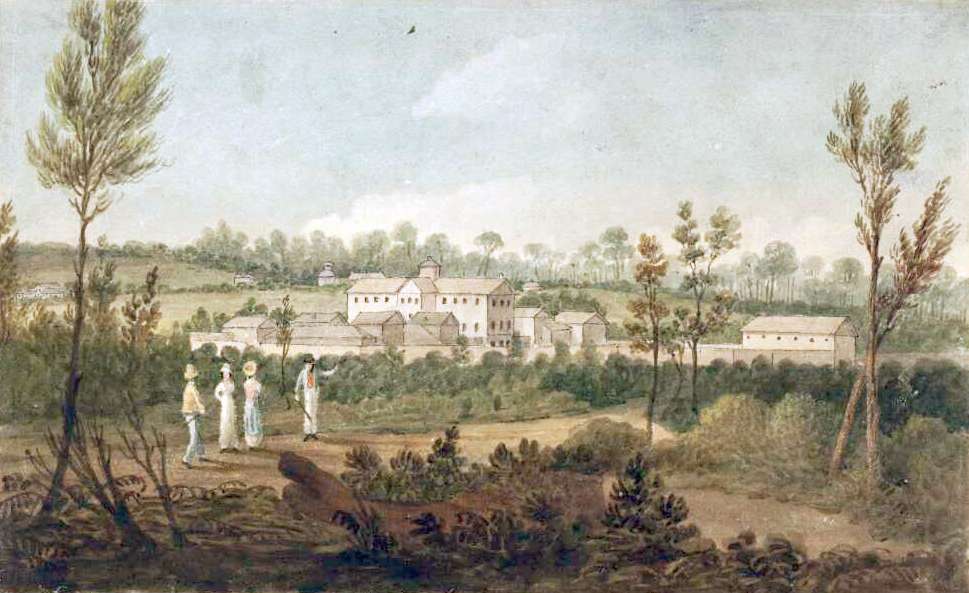
NORTH PARRAMATTA, AUSTRALIA—An excavation in a suburb of Sydney has turned up evidence of the early decades after the arrival of Europeans in Australia, according to a report from ABC News. The site, in North Parramatta, was home to an early nineteenth-century “female factory,” where women convicts sent to Australia were put to work. Later, it was expanded to include a mental asylum and orphanage. Among the items found at the site are toothbrushes, combs, beads, and bits of jewelry. The archaeologists are unsure who owned these items. A number of small pieces of glass have also been discovered, possibly dating back to 1788, around the time the first colonists arrived in Australia. Archaeologist Jillian Comber believes these provide evidence of relationships between the European settlers and Aboriginal people, who used the glass for cutting or carving. “The glass is really important,” she said, “because we don't have a great deal of evidence of that coexistence between Aboriginal and non-Aboriginal people.” For more on archaeology of nineteenth-century Australia, go to “Alone, but Closely Watched.”


